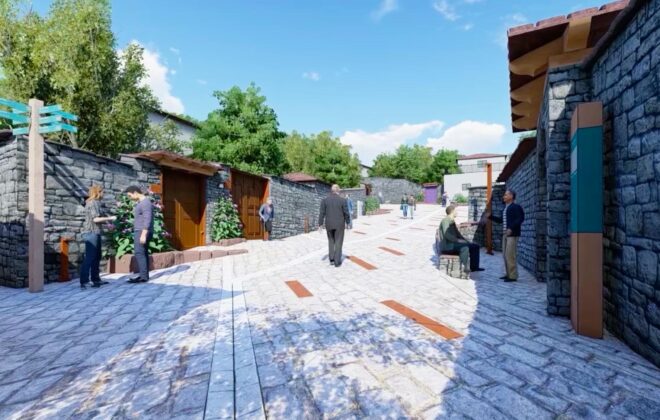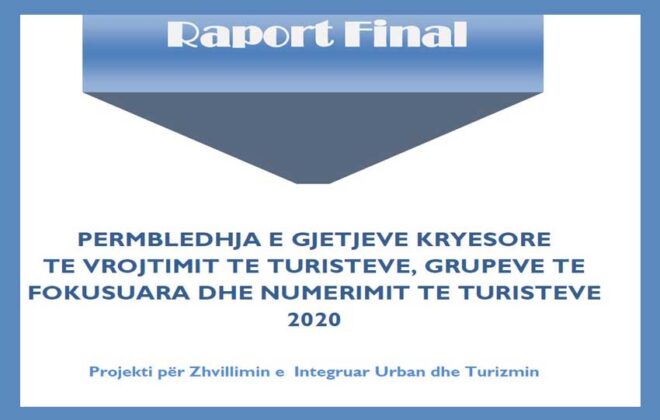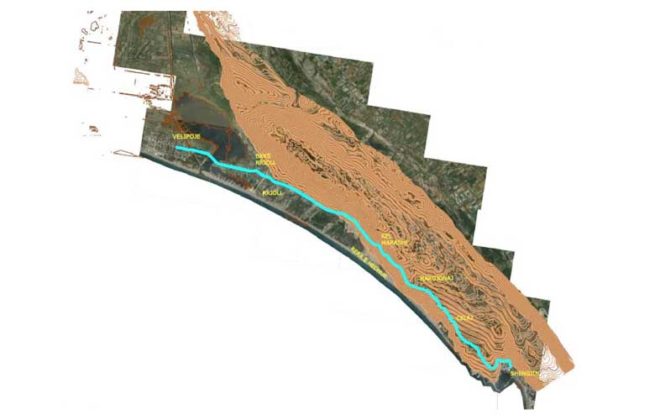“Step by Step”: Enhancing the tourism potential of southern Albania
Saranda is not alone in this regard. Over the past years in Albania, tourism has significantly increased, especially in places like Ksamil, Saranda, and Durres. From August 2017 to August 2018 according to the national statistical office,, Shqipëria priti 8.2 milionë vizitorë – një rritje prej 16.8% për qind krahasuar me vitin e shkuar. Shumica e turistëve vijnë kryesisht në verë për diellin dhe plazhet e saj. Shifra të tilla priten të vazhdojnë të rriten gjatë viteve të ardhshme. Në World Tourism Day,World Tourism Day, the Ministry of Tourism and Environment even indicated that Albania aims to attract 10 milion turistë by 2025!
In the meantime, how can popular Albanian destinations such as Saranda improve their local infrastructure and public spaces to more effectively absorb this large increase of visitors?
Saranda, with its breath-taking natural features and cultural assets, is a good place to start this discussion. The city faces inner city mobility challenges and a lack of public spaces. Today, one can hardly walk on the promenade given how overcrowded it gets (I had to be careful not to step on other people’s toes all the time!). The sea promenade, which is currently the main public space in the city, is simply not able to accommodate the increasing number of tourists visiting the town each year. Also, the staircases which connect the upper parts of the city with the sea promenade have not been safe anymore and were in dire need of renovation.
To address the lack of public spaces and improve mobility within the city, the Government of Albania has launched a project , supported by the World Bank, that includes the renovation of Saranda’s staircases and the rehabilitation of the sea promenade.
These two investments are just the beginning of a series of urban upgrading activities in the city. Besides the scenic coastal city of Saranda, Permet - an eco-tourism destination - and Gjirokaster Berat, -two spectacular UNESCO World Heritage sites- are also being supported by the project. In addition to urban upgrades and infrastructure improvements – including the restoration of cultural heritage sites, the project also focuses on improving tourist sites in the South of Albania and on supporting the tourism sector, for example by developing new tourism products and connecting them to potential markets.
Surveys among residents, visitors and local businesses also highlighted a clear need to increase the amount of public spaces - including parks, green areas, and playgrounds - in selected municipalities. The quality of municipal infrastructure was rated differently across municipalities, showing that each city needs a tailored approach towards urban upgrading.
Surveys among tourists also showed insightful results. Visitors currently spend around five days/nights in Saranda. The rehabilitation of public spaces can contribute to attracting more visitors and encourage them to stay longer in a given place.

These transformative, urban upgrades have a doubly-positive effect: they make cities like Saranda more livable for permanent residents while simultaneously making them even more attractive destinations for seasonal visitors. Improvements in mobility and safety will enable tourists and residents alike to stroll around the city on newly renovated stairs and enjoy a walk along the promenade while looking at the sea.
Looking ahead, the rehabilitation of public spaces will also reinforce the country’s tourism potential and contribute to economic development and job-creating at the local level. I can’t wait to get back to Saranda to see the new developments with my own eyes and to move freely around the city on the new stairs.
Burimi: World Bank




